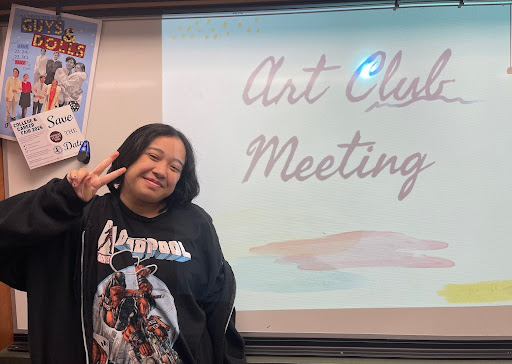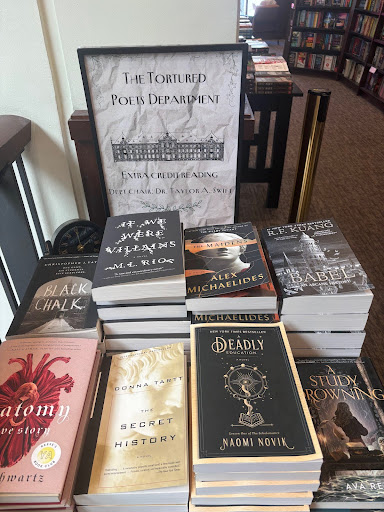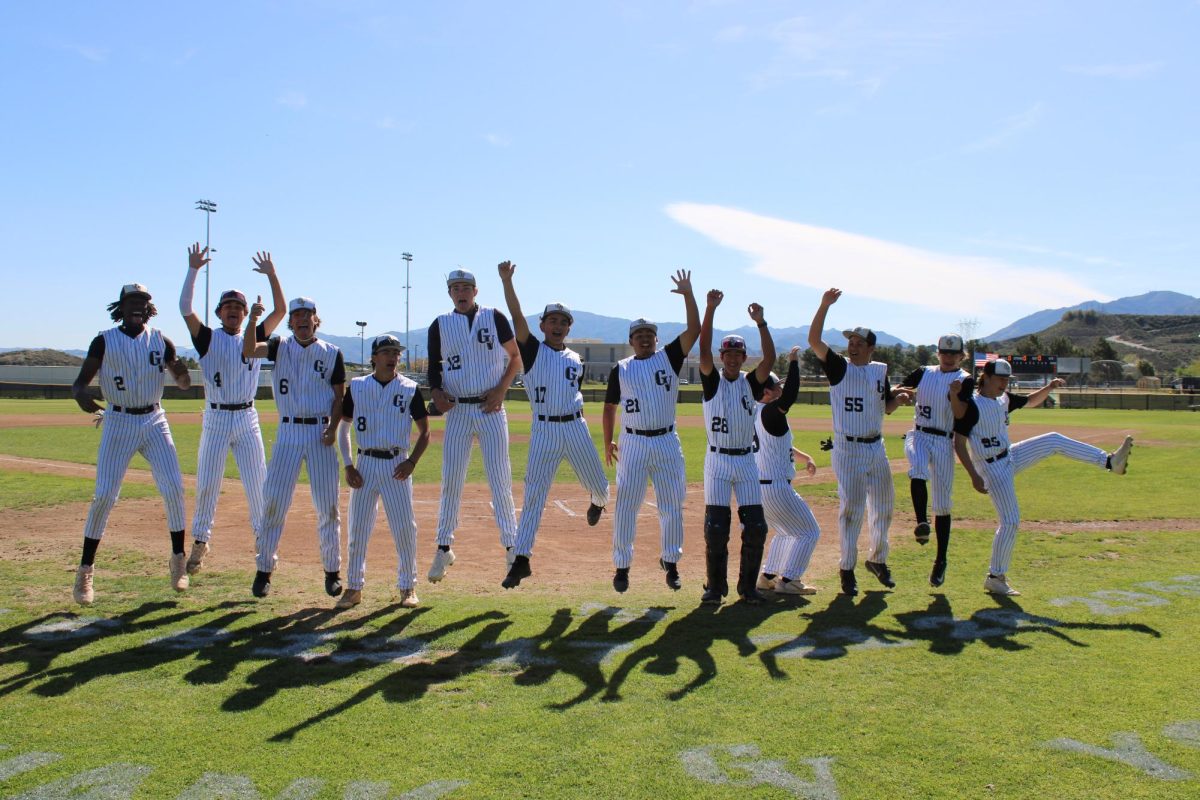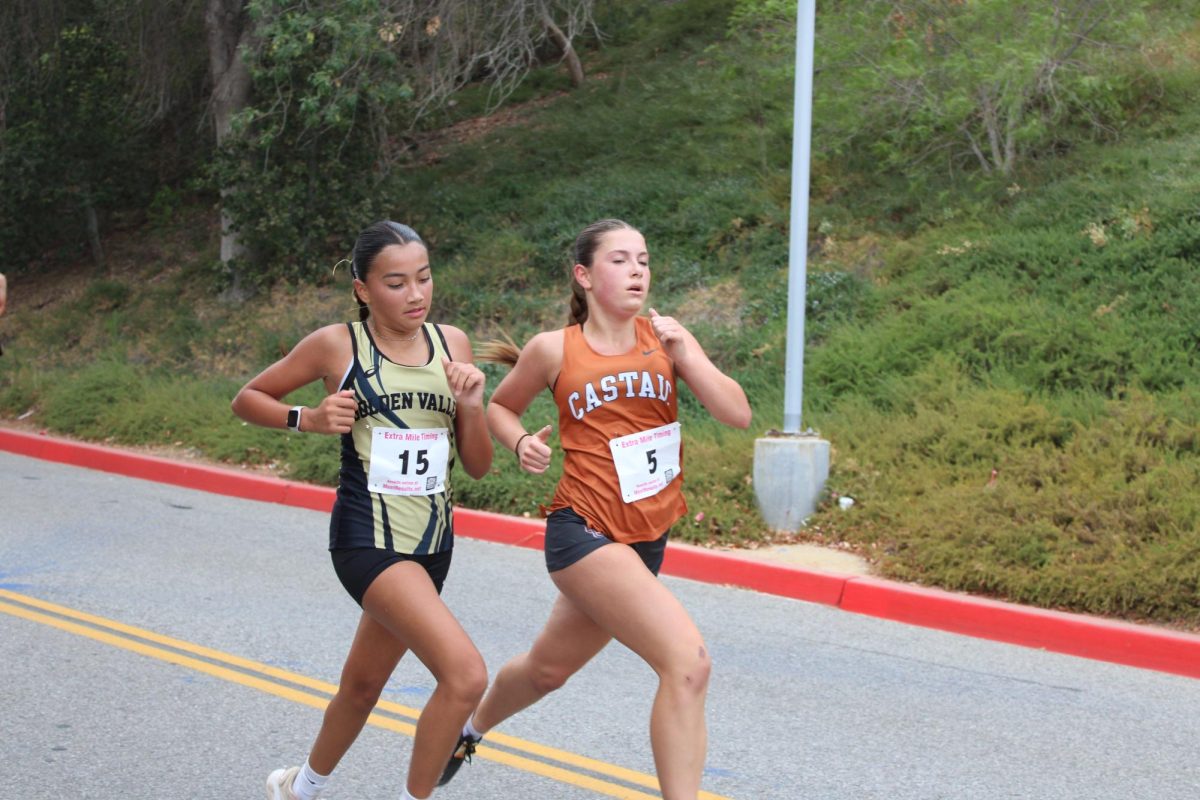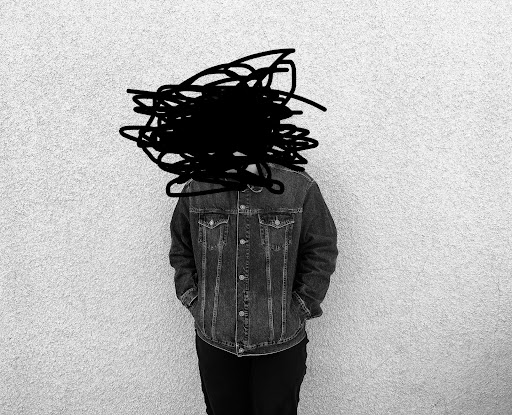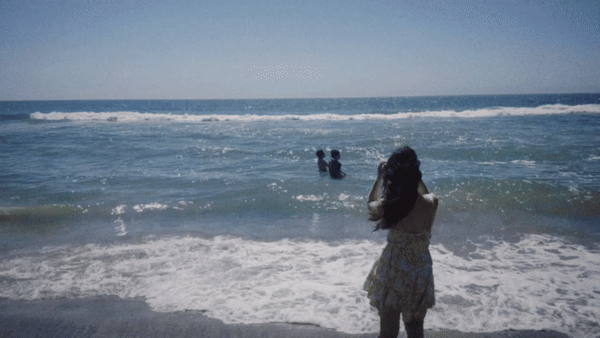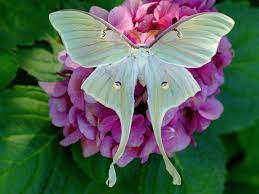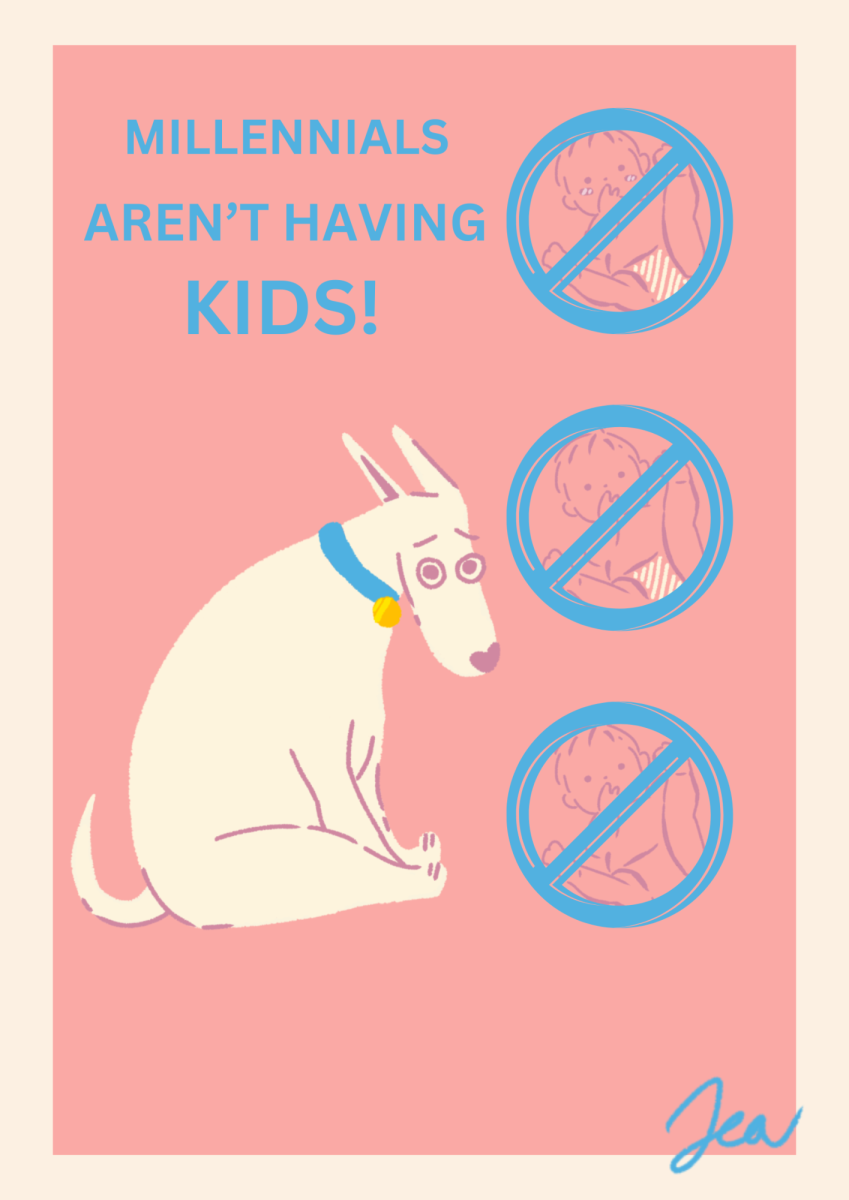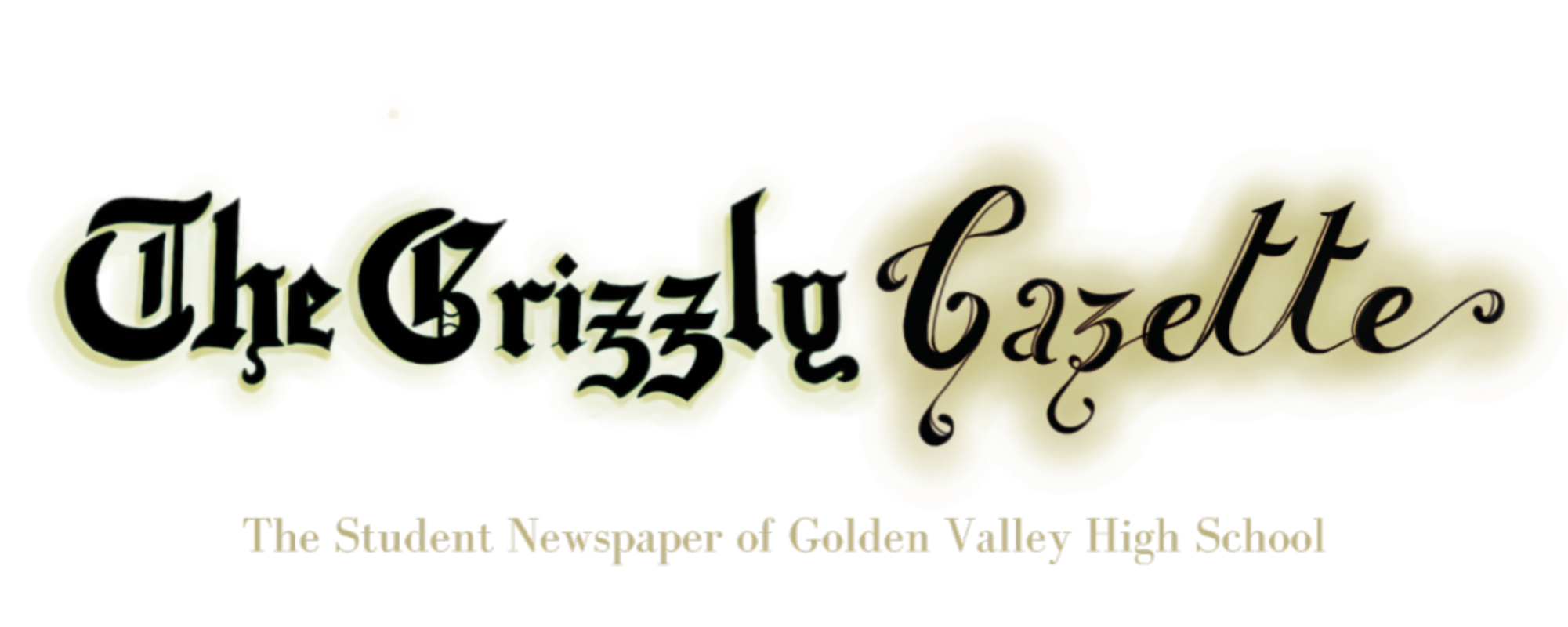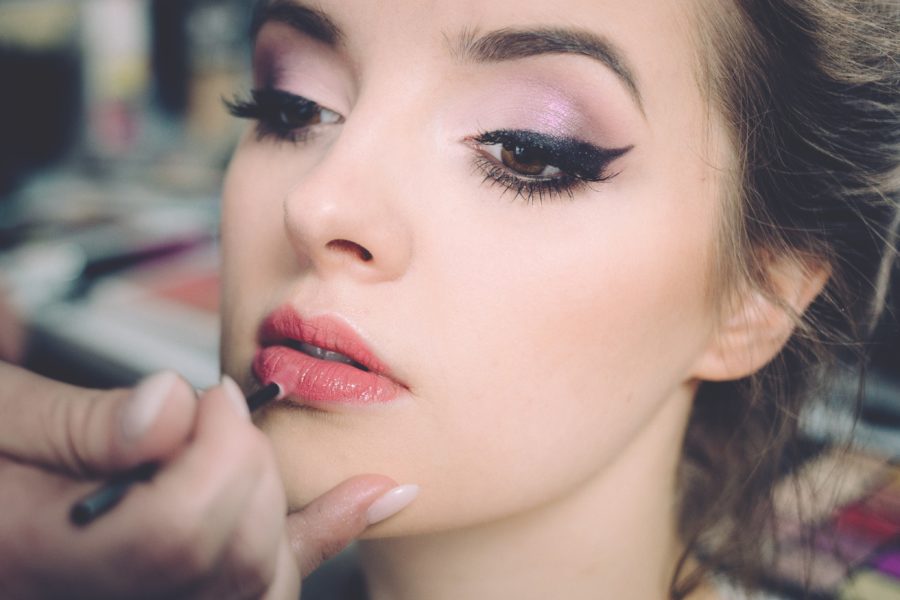Opinion: Changing Beauty Standards
In a typical teen movie, the protagonist is typically the girl that wakes up in the morning and goes to school to see the “mean girls;” living embodiments of the beauty standard.
In “High School Musical”, for example, protagonist Gabriella Montez goes to school to see the all-pink and smiley Sharpay. Sharpay in ways portrays the epitome of Western beauty standards, which have now slowly moved into being considered the “worldwide beauty standard.” In the renowned teen comedy “Mean Girls”, the film is remembered for its depiction of the “Plastics,” a group of well-liked girls who follow rigid aesthetics and bully those who don’t conform. Similarly, in the film “10 Things I Hate About You”, popular girls with clear skin, long hair, and symmetrical features are examples of characters that adhere to conventional norms of beauty.
If we look at the beauty standards all throughout the centuries, it is obvious that long hair, wide hips, and being heavier was preferred during the Renaissance era. But during the Middle Ages, people desired to obtain a taller figure, with a smaller waist; which became performed through corsets. The twentieth century had human beings in love with beauty standards of “natural glamor:” high emphasis on women in love with glamor, make-up, and quick hair which is recognized through F. Scott Fitzgerald’s 1920 novel The Great Gatsby.
In the 1940-60s Marilyn Monroe, an American actress with a robust Hollywood presence and confidence, had the suitable frame of an hourglass figure. When I think of 80s and 90s beauty, I think of Naomi Campell or Linda Evangelista’s tall yet very thin and flat figure, with high emphasis on eye makeup and low emphasis on face makeup.
The 21st century now has emphasis on an hourglass, figure despite claiming to be “all inclusive” of all body types.
Public figure Kim Kardashian is now the “body icon.” However, many declare that she sets unrealistic beauty standards. Just recently, Kim Kardashian is seen to have eliminated the very apparent surgical procedure to gain the “skinny and petite” female body even though she was known to have such an apparent “hourglass” figure. Due to the West’s diversity, I think that it has appreciated women in the modeling industry of all different backgrounds such as and high end models such as Bella Hadid and Dorra Zarrouk, who are ethnically Middle Eastern and North African. As well as Liu Wen who is a Chinese Victoria Secret Angel. Yet many high end modeling managements are seen to use different races for their image and pursue racial stereotypes in their campaigns.
I come from a subculture that has unique beauty requirements that differ from the West, or even the far East. Growing up, I had constantly believed that long black hair and excessive heavy eye makeup became considered beautiful. I had come to the USA looking just like the epitome of what I had taken into consideration of being beautiful, a girl with long black hair and dark eyes. It was somewhat a cultural surprise to see the distinction in beauty. In particular, as I am residing in California, which is known for its diversity in the United States, I saw human beings of all absolutely distinctive features and learnt what is considered beautiful of their personal culture.
Unfortunately, people are not capable of taking a look at all cultures and realizing the beauty of it, which causes women of color at a younger age to believe that they’re not beautiful.
From what I’ve witnessed from my surroundings, many ladies grow up to dislike their ethnic capabilities to fit into the very specific beauty standards that are bound to change. As cliche as it sounds, “beauty” is largely subjective, and a construct pursued by society. We are just humans with different features that combine together to make a face. The standards of the features that make up our face are constantly changing. A goal that I maintain to pursue is to understand the beauty of all cultures and try to tear down the dangerous requirements of beauty which are continuously changing.
Because of this, what is considered beautiful by one individual or civilization may not be to another. Additionally, what is considered beautiful one day might not be the next. This subjectivity supports the notion that beauty is a concept that is socially produced.
Additionally, the beauty industry is profit-driven and contributes to maintaining societal norms and the ideal conception of beauty. The widespread beauty standards can be seen in the media, the fashion world, and advertising. These sectors promote their goods using the conventional criteria of beauty, which are frequently out of reach for the majority of people.
It’s crucial to understand that perceptions of beauty change throughout time and are influenced by culture. These norms heavily rely on social, economic, and occasionally even spiritual convictions. Cultural ideals have a profoundly important influence on how men and women view themselves, and even how they spend their lives.
It’s good to see that we are making progress toward promoting non-conventional conceptions of beauty that take into account various body sizes, shapes, and ethnicities while satisfying the norms and values of each culture. It can encourage discussion, acceptance, and provide role models for girls to recognize their own beauty, regardless of what society may dictate, by gaining better acceptance of various beauty standards.
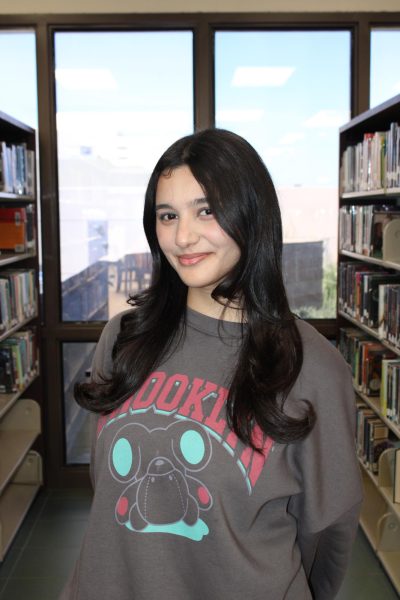
Alexandra Abdo, a senior taking part in the journalism program at Golden Valley High School. Alexandra is managing editor overlooking and leading the marketing, communications, digital, and student submissions team. Other than her leadership position she also enjoys writing many various topics such as CLORG news, political breaking news, and other opinion pieces. Alexandra really values awareness, especially cultural awareness as she finds that being aware of what is happening outside of our own little bubble is crucial for personal and community success and growth. Based on her personal experiences, she feels that being in the newspaper gives her the opportunity to raise awareness that she is truly passionate about and that she feels people do not pay attention to. Alexandra had been a part of Golden Valley since freshman year and has found many programs and institutes in Golden Valley that takes leadership in. She found her passion for debate and uses that passion to participate in...
